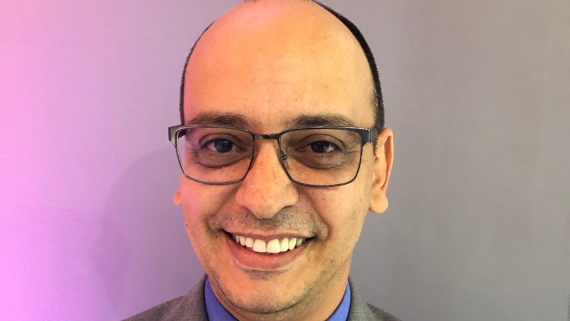Alessandro Loguercio
Adhesion problems and failures on various substrates and materials! How to avoid and resolve

- DDS and Ms in Operative Dentistry, UFPel, Pelotas, RS, Brazil
- PhD in Dental Materials, FO-USP, São Paulo, SP, Brazil
- Associate Professor (Operative Dentistry and Dental Materials) at the School of Dentistry, State University of Ponta Grossa, PR, Brazil for undergraduated and postgraduated program (Ms and PhD)
- Professor (Operative Dentistry and Dental Materials) at the School of Dentistry, State University of Ponta Grossa, Brazil
- Research of the Brazilian Government (CNPq) since 2002 – PQ1A (308286/2019-7)
- Author of more than 400 full papers published in the pubmed (Loguercio A)
- Autor of two books: Materiais Dentários [in Portuguese] (Reis, Loguercio, 2021) and Tips em Odontologia estética [in Portuguese] (Hirata et al., 2012)
- Associate Editor: Plos One and BMC Oral Health
- Member of Editorial Board: J Adhes Dent and J Esther Restor Dent
Nationality: Brazil
Scientific areas: Operative Dentistry
6 of november, from 14h30 until 15h45
Auditorium A
Conference summary
The incorporation of hydrophilic and acidic resin monomers substantially improved the initial bonding of contemporary etch-and-rinse (ER) and self-etch (SE) adhesives to intrinsically wet dental substrates, providing quite favorable immediate results, regardless of the bonding approach used. However, in the long term, the bonding effectiveness of most simplified ER and SE adhesives drop dramatically.
The main focus of this lecturer will be examines the fundamental processes that are responsible for the aging mechanisms involved in the degradation of the resin-bonded interfaces and some possible clinical approaches that have been effective in minimizing or even preventing the degradation of the adhesive interfaces produced with simplified adhesives.
Special attention must be given to universal adhesives, which despite being simplified adhesives, due to the addition of acidic monomers with great potential for chemical adhesion to the hard tissues of teeth, significantly improved bonding when compared to previous generations.